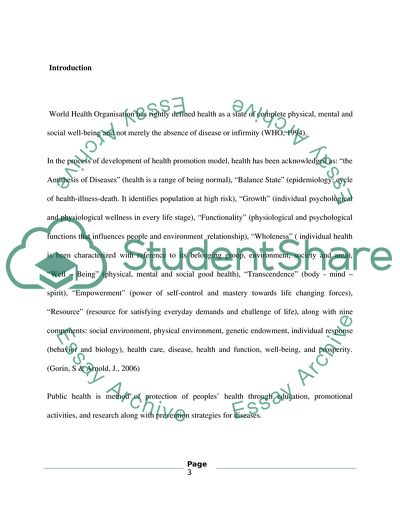Cite this document
(Health Promotion Activities Coursework Example | Topics and Well Written Essays - 2500 words, n.d.)
Health Promotion Activities Coursework Example | Topics and Well Written Essays - 2500 words. Retrieved from https://studentshare.org/social-science/1738848-health-promotion
Health Promotion Activities Coursework Example | Topics and Well Written Essays - 2500 words. Retrieved from https://studentshare.org/social-science/1738848-health-promotion
(Health Promotion Activities Coursework Example | Topics and Well Written Essays - 2500 Words)
Health Promotion Activities Coursework Example | Topics and Well Written Essays - 2500 Words. https://studentshare.org/social-science/1738848-health-promotion.
Health Promotion Activities Coursework Example | Topics and Well Written Essays - 2500 Words. https://studentshare.org/social-science/1738848-health-promotion.
“Health Promotion Activities Coursework Example | Topics and Well Written Essays - 2500 Words”, n.d. https://studentshare.org/social-science/1738848-health-promotion.


